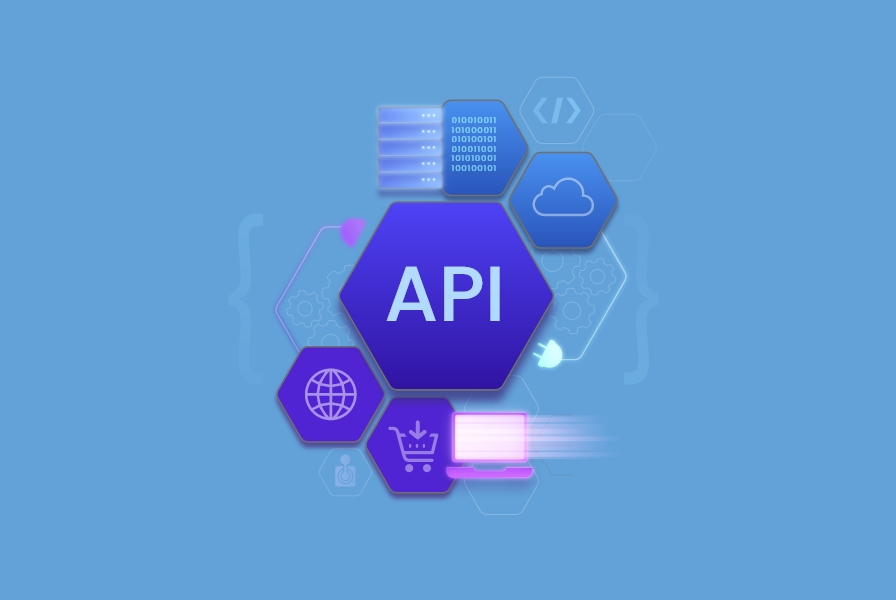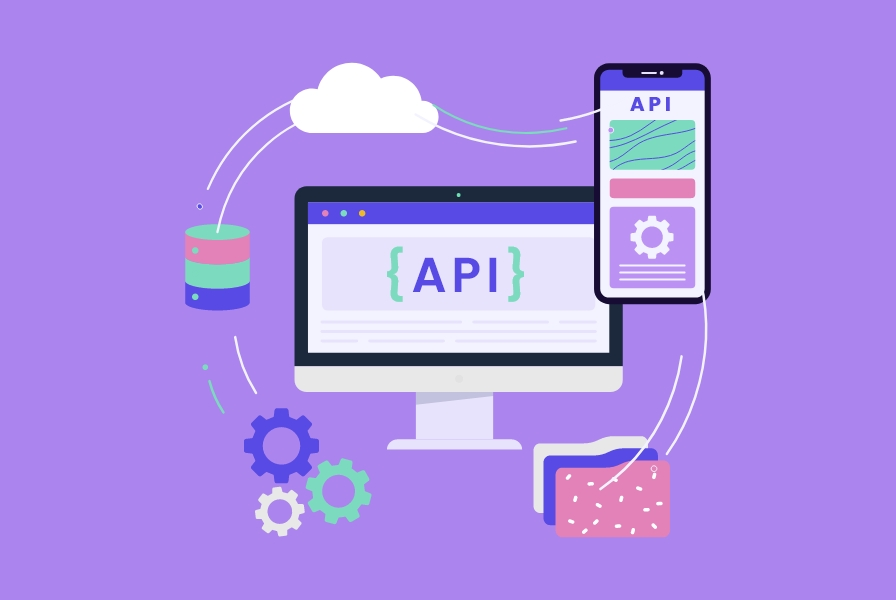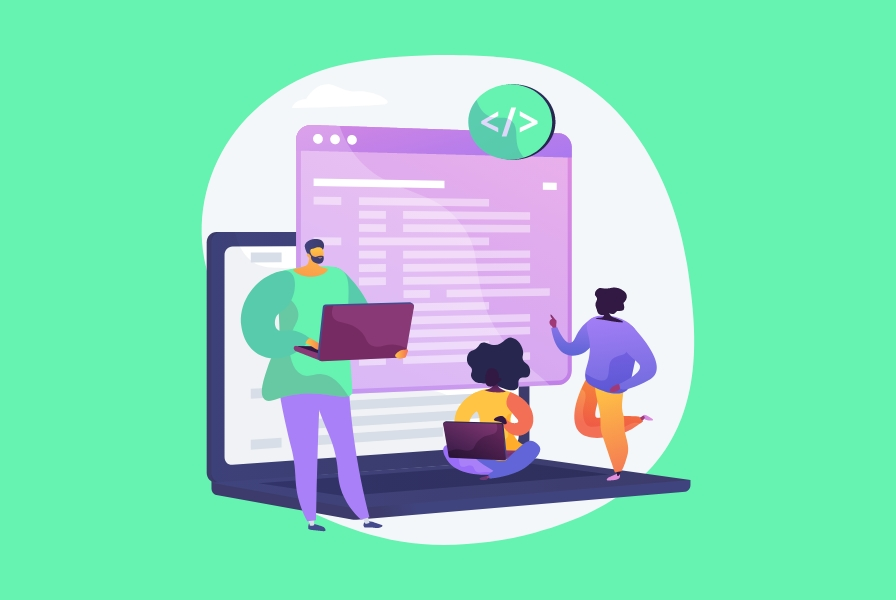Azure Cognitive Services Overview
Azure Cognitive Services is a set of cloud-based services provided by Microsoft Azure that enable developers to integrate various AI (Artificial Intelligence) capabilities into their applications without requiring extensive expertise in machine learning or AI. These services use pre-trained models to perform tasks such as vision recognition, speech recognition, language understanding, and more.
Azure Cognitive Services include:
Azure AI Document Intelligence Advantages
Azure Cognitive Services offers several advantages for developers looking to integrate AI capabilities into their applications. Here are some key advantages:

Azure Cognitive Services provides APIs and SDKs that are easy to integrate into applications. Developers can use these services without having to build and train their own machine learning models, saving time and resources.
The services come with pre-trained models for various AI tasks, such as computer vision, speech recognition, and language understanding. This eliminates the need for developers to have expertise in machine learning to leverage these capabilities.
Being a cloud-based service, Azure Cognitive Services scales automatically based on demand. Whether you’re developing a small application or a large-scale enterprise solution, Azure can handle the varying workloads.
Many of the services support multiple languages, allowing developers to create applications that can understand and process text or speech in different languages.
Azure Cognitive Services cover a wide range of AI capabilities, including computer vision, natural language processing, speech, and decision-making. This versatility enables developers to address various use cases within a single platform.
Azure provides robust security features and compliance certifications. This is particularly important when dealing with sensitive data or applications in regulated industries.
Instead of investing in the development and maintenance of custom machine learning models, developers can leverage Azure Cognitive Services on a pay-as-you-go model. This can be cost-effective, especially for small to medium-sized projects.
As part of the larger Azure ecosystem, Cognitive Services benefit from Microsoft’s community and support resources. Developers can access documentation, forums, and other resources to get assistance and stay updated on best practices.
Microsoft regularly updates and enhances Azure Cognitive Services by adding new features, improving existing models, and expanding the range of supported tasks. This ensures that developers have access to the latest advancements in AI technology.
Azure Cognitive Services seamlessly integrates with other Azure services, such as Azure Logic Apps, Azure Functions, and Azure
This allows developers to build end-to-end solutions using a variety of Azure tools.

How Azure Cognitive Services Works
Azure Cognitive Services work by leveraging pre-trained models and APIs to provide various artificial intelligence capabilities. The process typically involves the following steps:

Subscription and Service Setup
To use Azure Cognitive Services, you need an Azure subscription. Once you have a subscription, you can provision the specific Cognitive Service you want to use through the Azure Portal.

API Key and Endpoint
Each Cognitive Service instance is associated with an API key and an endpoint. The API key is used for authentication, and the endpoint is the URL where API requests are sent. This information is crucial for accessing and using the Cognitive Services in your applications.

Integration in Applications
Developers integrate Azure Cognitive Services into their applications using SDKs (Software Development Kits) provided by Microsoft. These SDKs are available for various programming languages, making it easier for developers to work with the services in their preferred environment.

Making API Requests
Applications communicate with Azure Cognitive Services by making HTTP requests to the specific API endpoints associated with the service. These requests include parameters and data relevant to the service's functionality.

Processing by Pre-Trained Models
Azure Cognitive Services use pre-trained machine learning models. These models have been trained on large datasets to perform specific tasks, such as image recognition, speech-to-text conversion, language translation, etc. When you make an API request, the input data is processed by these pre-trained models.

Results and Responses
The Cognitive Service processes the input data and returns results in the form of API responses. These responses can include information like detected objects in an image, transcribed text from speech, sentiment analysis of text, and more.

Interpretation and Utilization
The application interprets the results received from the Cognitive Service and uses them as needed. For example, a computer vision service might identify objects in an image, and the application can take action based on these identified objects.

Iterative Development
Developers can continuously refine and improve their applications by iterating on the use of Azure Cognitive Services. They may adjust parameters, incorporate user feedback, and adapt their applications based on changing requirements.
It’s important to note that Azure Cognitive Services are designed to be accessible to developers without deep expertise in machine learning. The services abstract the complexities of building and training models, allowing developers to focus on incorporating AI capabilities into their applications quickly and efficiently. The specific steps and details may vary depending on the particular Cognitive Service you are using, so consulting the official documentation for each service is recommended.


